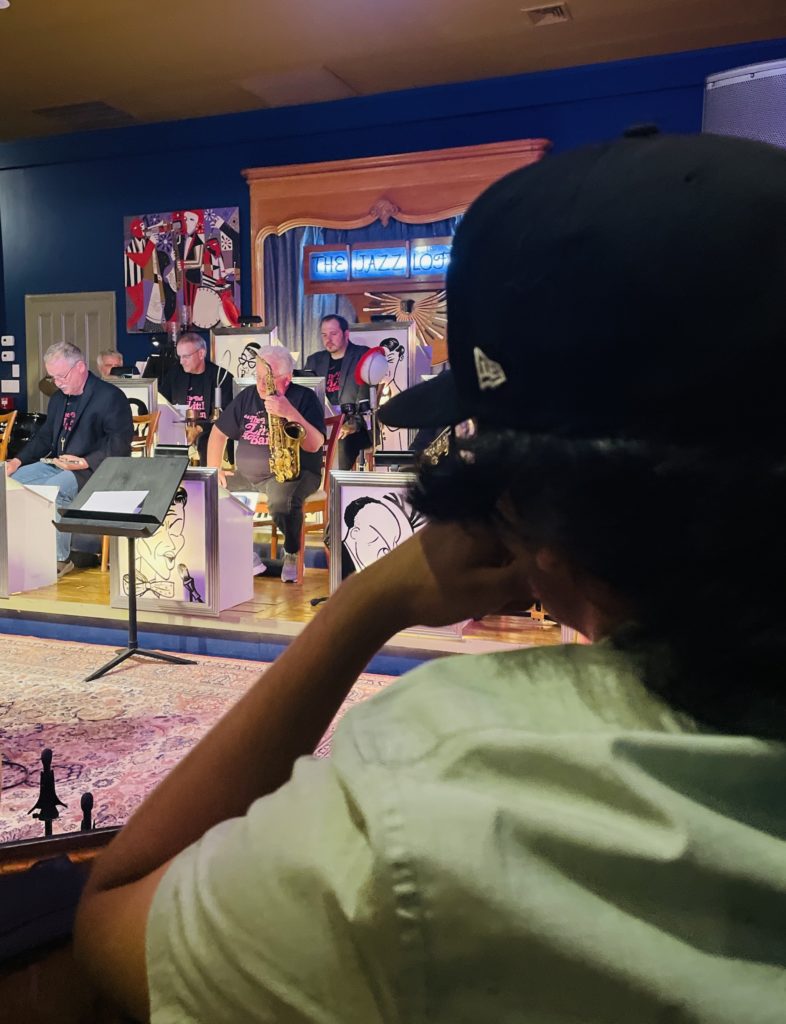i have not watched (neither do i plan to watch) ‘blonde,’ a fictional biographical film written and directed by andrew dominik and loosely based on a novel about marilyn monroe’s life, as imagined by joyce carol oates – yes, the number of ‘removes’ from the actual woman at the center of this ceaseless capitalist production is astonishing.
the reviews, especially by women, stating how the film ends up being soft porn with expensively produced cinematography would have kept me away, but the film is so much more problematic. it turns marilyn into a victim (something she resisted throughout her life), it is crassly graphic in how it shows affairs, abortions, and miscellaneous sexual assaults that never happened, not only does it objectify and diminish marilyn monroe (all over again) but it also exploits ana de armas, the young actress playing her (the director seems to have a fetish for some of her body parts).
many of these borderline art/adult films are written, directed and produced by men. remember ‘blue is the warmest color,’ a french film by abdellatif kechiche? it became famous for its graphic lesbian sex, but it was pretty obvious that the sex scenes were written and choreographed by a man. later on there were accusations of sexual assault, bullying and aggressive behavior on set. it seemed to fit.
as a woman i find it unbearable that our usefulness/import is still so intimately tied to our bodies. whether to cover us or disrobe us, whether to allow us to use contraception or not, give birth to a child or not. some of us are forcibly sterilized while others are not allowed to end unwanted pregnancies. some of us can be killed for not covering our hair while others are utilized to fulfill gross male fantasies and compromise our body sovereignty.
it has always enraged me that 99.9% of victims portrayed in western detective novels and crime thrillers are women and the methods used to torture, kill and mutilate them ever so creatively are invented by men. it normalizes violence against women. even as we cringe, there is something lurid about it that teases, tempts, raises the stakes. we are told the movie is make-belief, controlled, safe. but real life is not, and this is where we continue to struggle.
as fascism takes over the world, one election or coup as a time (look at italy’s giorgia meloni), all i know is that it will get tougher for all of us out here who are not straight, white, able-bodied, european men. this is the time to understand true intersectional feminism and fight together as equals.









